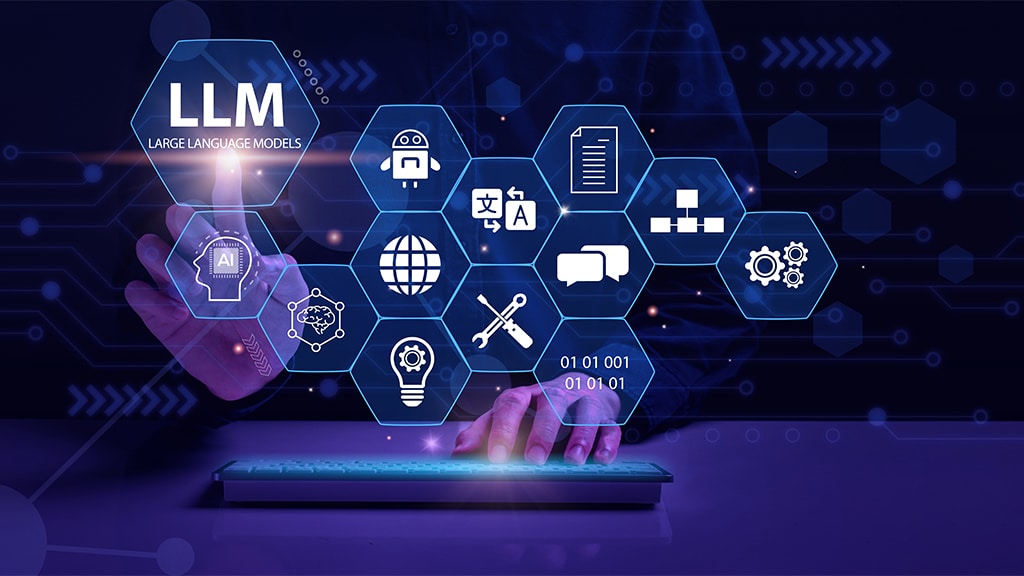As artificial intelligence continues to reshape industries and drive innovation, two terms have increasingly surfaced in discussions—generative AI and large language models (LLMs). These concepts are often used interchangeably, causing confusion among technologists, businesses, and the public. While both contribute significantly to the AI landscape, they are distinct in scope and capabilities.
The primary misunderstanding stems from the fact that LLMs, such as GPT-4 or BERT, are often considered the face of generative AI. In reality, LLMs are a subset of the broader field of generative AI, designed to understand and generate human language. On the other hand, Generative AI is an umbrella term encompassing various models and techniques used to create new content—text, images, music, or even software code.
The frequent comparison between LLM and generative AI is not only misleading but fundamentally flawed. LLMs drive some generative AI applications, but equating the two is incorrect, as generative AI can do far more than what LLMs specialize in. Through this blog, we aim to clarify the difference between LLMs and Generative AI, dispelling common misconceptions and providing a clearer understanding of how each contributes to the future of AI.
Read the full story: How is Gen-AI reshaping the retail employee experience?
What is generative AI?
Generative AI, or gen AI, is artificial intelligence focused on producing original content, such as audio, text, images, coding, and video—based on a massive volume of trained data. The generative AI models respond to users’ prompts or requests by identifying patterns, contexts, and relationships in their training data to formulate output that mirrors human creativity. Some of the best generative AI tools are DALL-E, Midjourney, Google’s Gemini, and ChatGPT by OpenAI.
Generative AI models use machine learning algorithms to learn patterns in large amounts of data and generate realistic content that mimics those patterns. Business leaders recognize generative AI’s massive positive impact in improving their internal workflow and streamlining tasks to remain competitive and drive growth. Considering its widespread influence, 80% of organizations will use generative AI applications and generative AI application programming interfaces (APIs) by 2026, reported Gartner.
Generative AI models rely on foundation models – deep learning models to create highly realistic content on demand, each of which is designed to excel at specific generative tasks. The foundation models in generative AI include:
- Variational Autoencoders (VAEs)
Variational autoencoders are foundation models that generate new data samples based on the data they are trained on, resulting in data samples similar to the original input data.
- Large Language models (LLMs)
The large language model is a common foundation model for text generation and their application extends beyond mere content generation—they also excel in language understanding.
- Generative adversarial networks (GANs)
Generative adversarial networks are foundation models that are most commonly used for generating images and videos.
Further reading: 7 important steps to begin your generative AI journey.
What are large language models (LLM)?
Large language models (LLMs) are deep learning models designed to understand, generate, and work with human language. Built on massive datasets and leveraging deep learning techniques, particularly transformer architectures, LLMs can process natural language, making them central to many AI-driven applications like chatbots, virtual assistants, and automated content generation tools. Some top large language models (text-generation models) are BERT, Gemini, Cohere, ChatGPT, and Claude LLM.
The term “large” refers to the immense size of these models in terms of both the volume of training data and the number of parameters to capture and represent language patterns. LLMs learn linguistic structures, context, semantics, and syntax in human language by training on massive datasets and using deep learning techniques. This allows them to generate coherent and contextually relevant text based on the user’s prompts.
Large language models vs Generative AI: Key differences to understand
Artificial intelligence has come a long way, and terms like large language models (LLMs) and generative AI are often tossed around as if they’re the same thing, which can be confusing. While both technologies are important in advancing data and AI, they have distinct roles and work differently.
Understanding the key differences between LLMs and generative AI will help clarify how they fit into the bigger picture of AI and why these distinctions really matter for the future of technology. Let’s take a closer look at what sets LLMs (Large Language Models) vs. Generative AI apart:
| Aspect | LLM (Large Language Model) | Generative AI |
| Definition | A type of AI model trained to understand and generate human-like text based on vast datasets. | AI systems designed to create new content, such as text, images, or music, from learned data. |
| Focus | Primarily focused on text-based tasks like answering questions, translating, or summarizing. | Encompasses a broad range of media (text, images, audio, video, etc.), generating entirely new content. |
| Key Functionality | Understanding context and generating human-like text responses. | Creating new, original data or content based on patterns learned from training data. |
| Training Data | Trained on vast amounts of text data (e.g., books, articles, websites). | Trained on varied data sources, such as text, images, or sound, depending on the application. |
| Applications | Chatbots, translation services, content summarization, and code generation. | Image generation (e.g., DALL-E), text generation, music composition, and video creation. |
| Examples | GPT models, BERT, RoBERTa | DALL-E, MidJourney, DeepFake, GPT for text generation. |
| Strengths | Excellent at understanding and producing coherent text. | Ability to generate creative and high-quality content across various media. |
| Weaknesses | Limited to text; cannot generate non-text content. | Needs large datasets and significant computational power to generate accurate results. |
| Use Cases | Answering questions, generating conversational agents, and summarizing documents. | Creating artwork, generating synthetic data, automating creative processes. |











